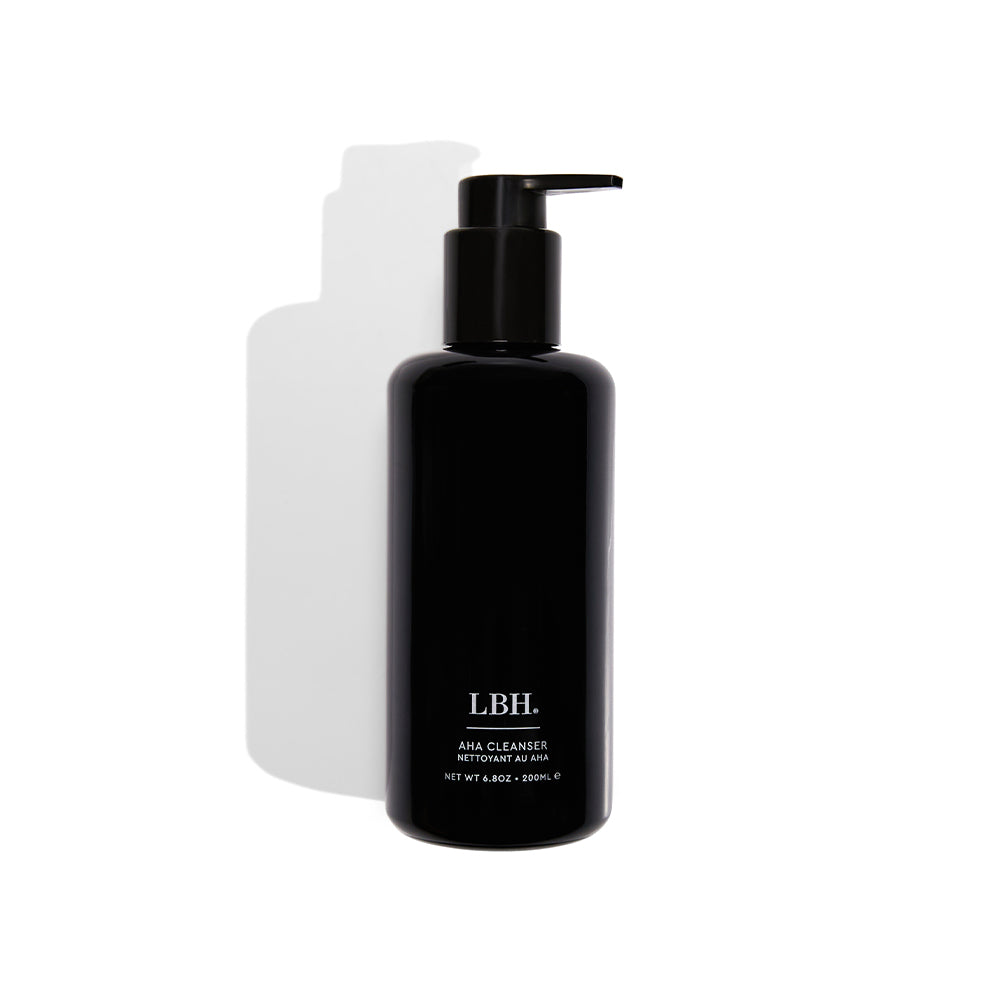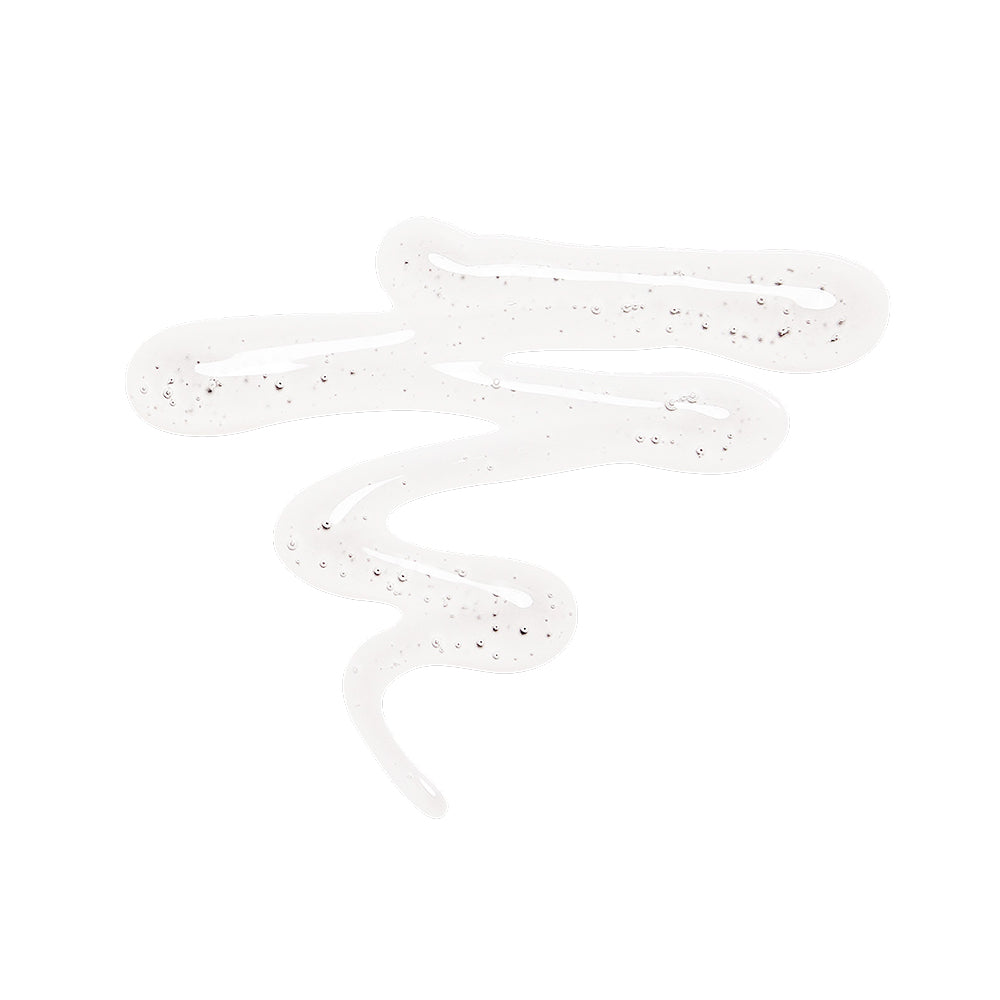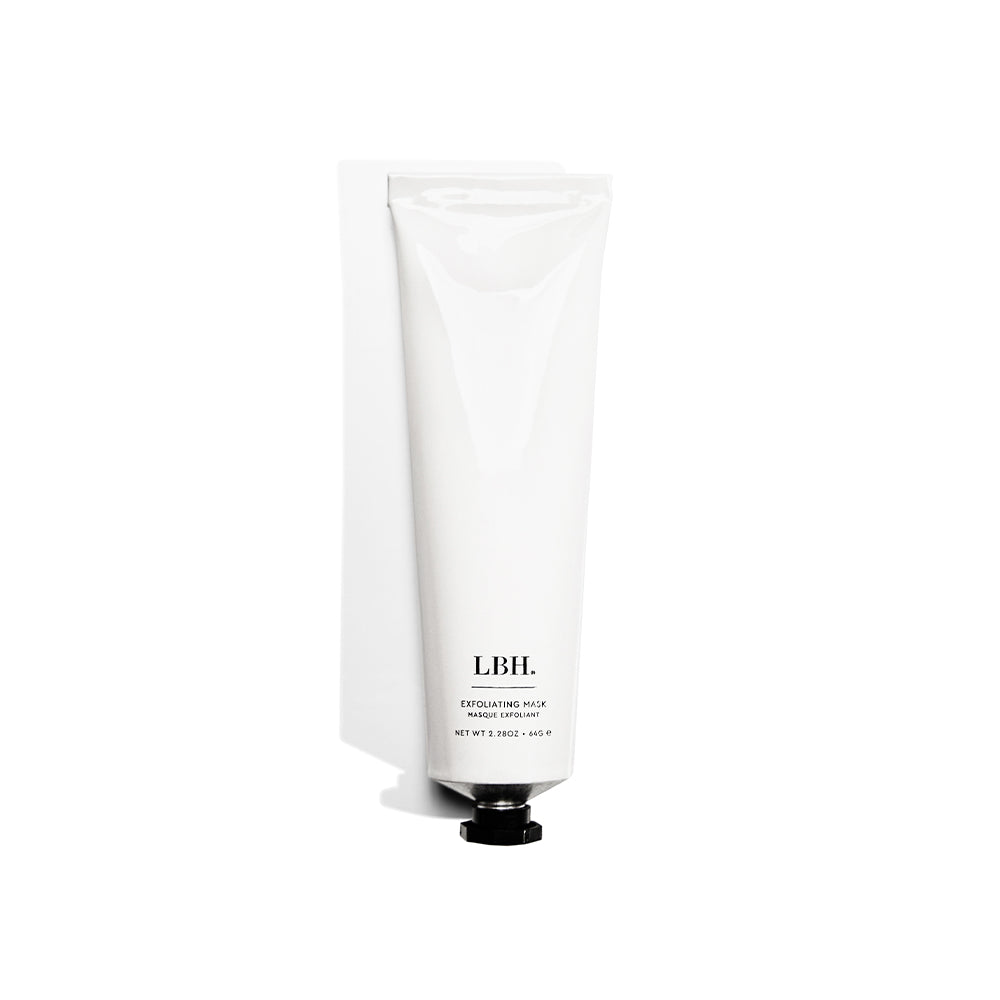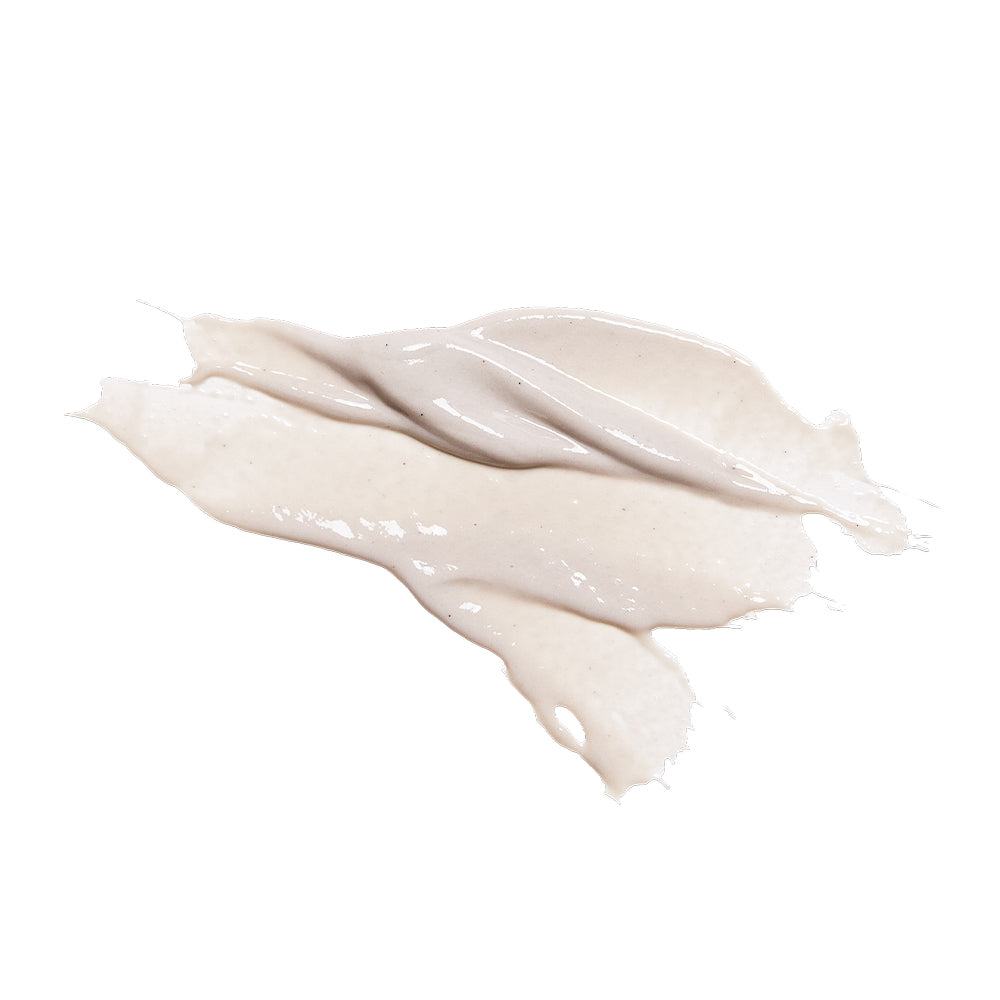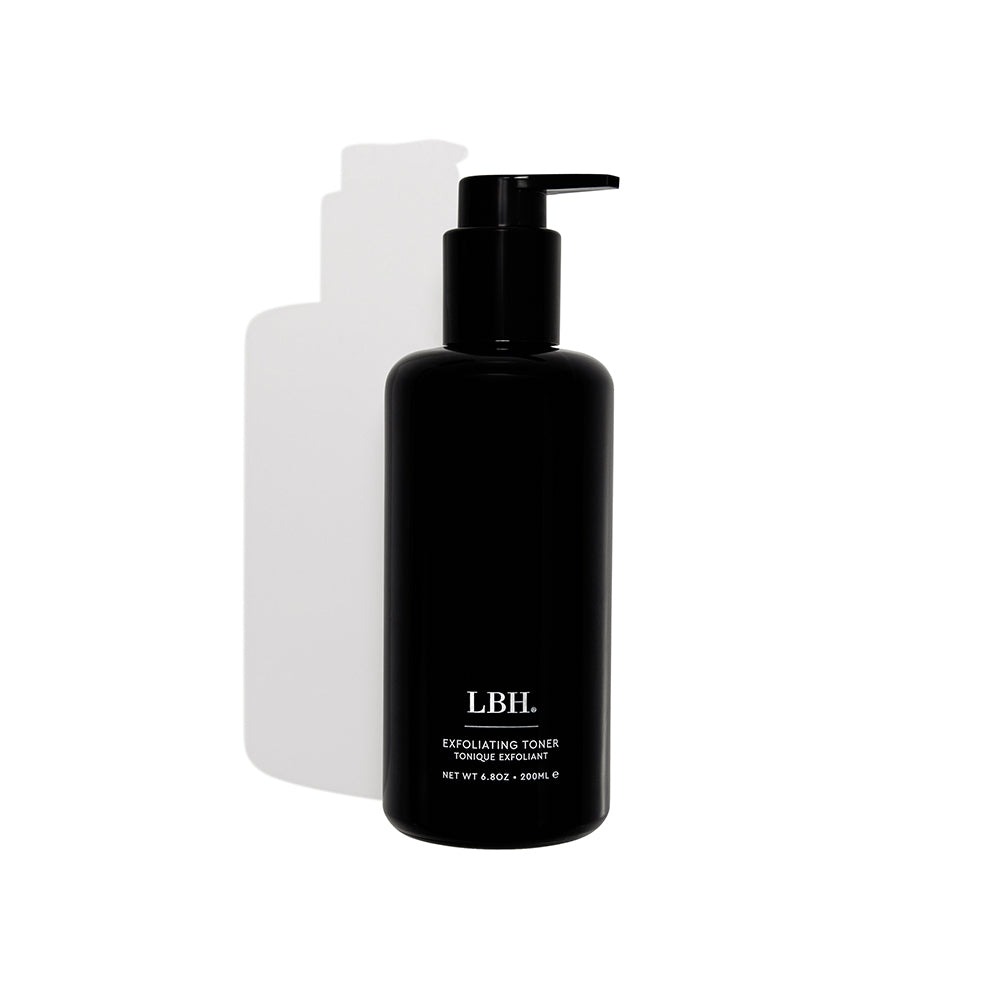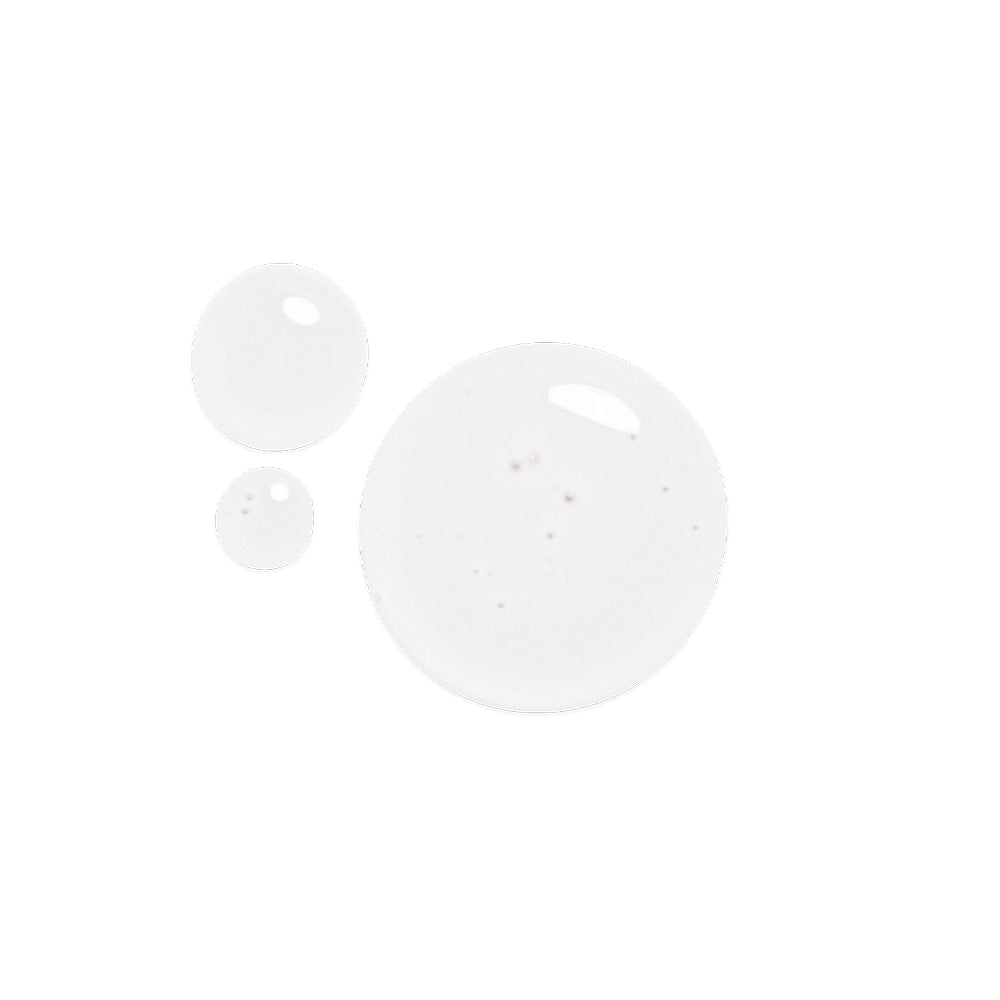Why Daily SPF Is The Most Important Step in Skincare
In the lexicon of modern dermatology, few topics are as unanimously agreed upon as the importance of daily sun protection. Regardless of season, skin tone, or geographic location, consistent use of broad-spectrum sunscreen remains the single most effective intervention against premature skin aging and the development of skin cancers. It is not an accessory to one’s skincare routine—it is the cornerstone.
The Sun: Skin's Most Persistent Aggressor
Ultraviolet (UV) radiation, comprising UVA and UVB rays, is the most pervasive extrinsic factor driving cutaneous aging, inflammation, and carcinogenesis. UVA rays penetrate deeply into the dermis, damaging collagen, elastin, and the skin’s structural matrix—contributing to fine lines, laxity, and hyperpigmentation. UVB, though less penetrating, is acutely more damaging, inducing erythema (sunburn) and DNA mutations that can precipitate malignancies such as basal cell carcinoma, squamous cell carcinoma, and melanoma.
Even minimal daily exposure—cumulative and often incidental, such as during a morning commute or near windows—can lead to long-term photodamage. Studies demonstrate that up to 80% of facial aging is attributable to UV exposure, a process known as photoaging, marked by dullness, uneven tone, textural irregularities, and pigmentary disorders.¹
SPF: An Active Defense, Not a Passive Shield
SPF, or Sun Protection Factor, quantifies a product’s ability to shield the skin from UVB-induced damage. A broad-spectrum SPF extends this protection to include UVA rays, which, although not responsible for burning, are deeply implicated in skin aging and immunosuppression.² Daily application of a broad-spectrum SPF 30 or higher has been shown not only to reduce photoaging, but to reverse some of its visible signs.³
Importantly, sunscreen is not a passive layer. Modern formulations contain sophisticated photostabilizers, antioxidants, and anti-inflammatory compounds that work synergistically to reduce oxidative stress and maintain the integrity of the skin barrier.⁴ For melanin-rich skin tones, where hyperpigmentation such as melasma or post-inflammatory dark spots are prevalent concerns, consistent SPF is essential in preventing exacerbation.
The Inflammation Connection
At the cellular level, UV radiation activates inflammatory signaling pathways such as NF-κB, stimulates the release of pro-inflammatory cytokines like IL-1 and TNF-α, and generates reactive oxygen species (ROS). These free radicals not only damage DNA and cell membranes, but also degrade essential extracellular matrix proteins, compromising the skin’s resilience and ability to repair.⁵ SPF, especially when fortified with antioxidants, serves as a critical modulator—intervening before these inflammatory cascades can take hold.
A Daily Ritual, Not Just a Beach Day Essential
The idea that sunscreen is reserved for beach days or prolonged outdoor exposure is a dangerously outdated notion. Glass does not block UVA rays. Cloud cover does not prevent UV penetration. And digital screens, while emitting minimal UV, do contribute to exposure to high-energy visible (HEV) light—now emerging as a potential contributor to pigmentation disorders.⁶
SPF is no longer a product category; it is a daily discipline. It must be applied in adequate amounts (approximately ¼ teaspoon for the face and neck), reapplied every two hours with prolonged exposure, and layered as the final step in your morning skincare regimen.
In Summary
To neglect SPF is to undermine every investment—topical or procedural—made in the pursuit of healthy, resilient skin. It is the great equalizer across all skin types, tones, and concerns. In a world where inflammation, pollution, and environmental aggressors are ever-present, sun protection is not optional. It is foundational.
It is, unequivocally, non-negotiable.
References
-
Gilchrest, B. A. (2013). Photoaging. Journal of Investigative Dermatology Symposium Proceedings, 8(1), 38–40.
-
Narayanan, D. L., Saladi, R. N., & Fox, J. L. (2010). Ultraviolet radiation and skin cancer. International Journal of Dermatology, 49(9), 978–986.
-
Randhawa, M., et al. (2016). Reduction in signs of facial photodamage by daily use of a broad-spectrum sunscreen: A randomized clinical trial. Dermatologic Surgery, 42(12), 1354–1360.
-
Draelos, Z. D. (2010). Antioxidants in dermatology. Journal of Cosmetic Dermatology, 9(1), 3–10.
-
Rittié, L., & Fisher, G. J. (2002). UV-light-induced signal cascades and skin aging. Ageing Research Reviews, 1(4), 705–720.
-
Mahmoud, B. H., et al. (2010). Effects of visible light on the skin. Photochemistry and Photobiology, 86(3), 673–680.

